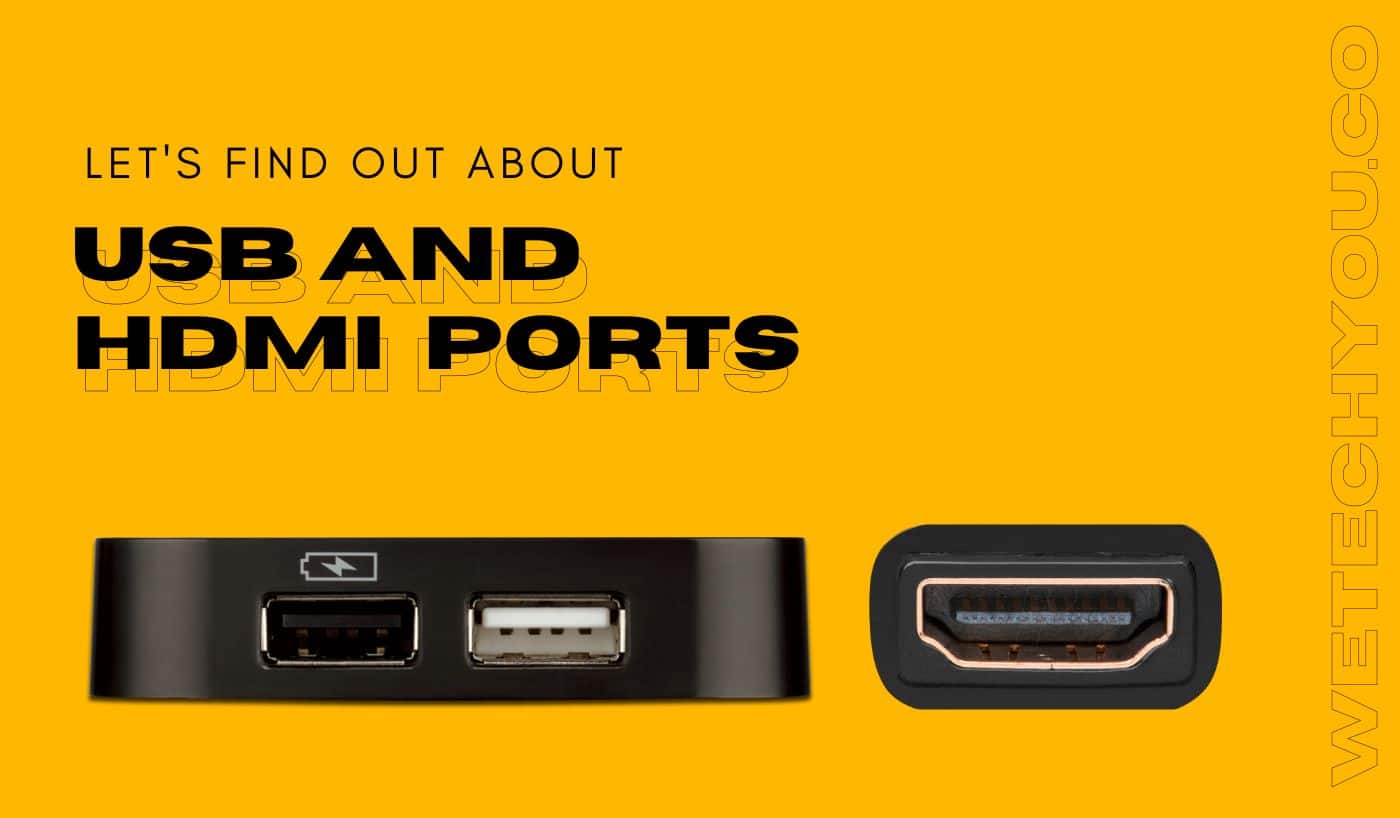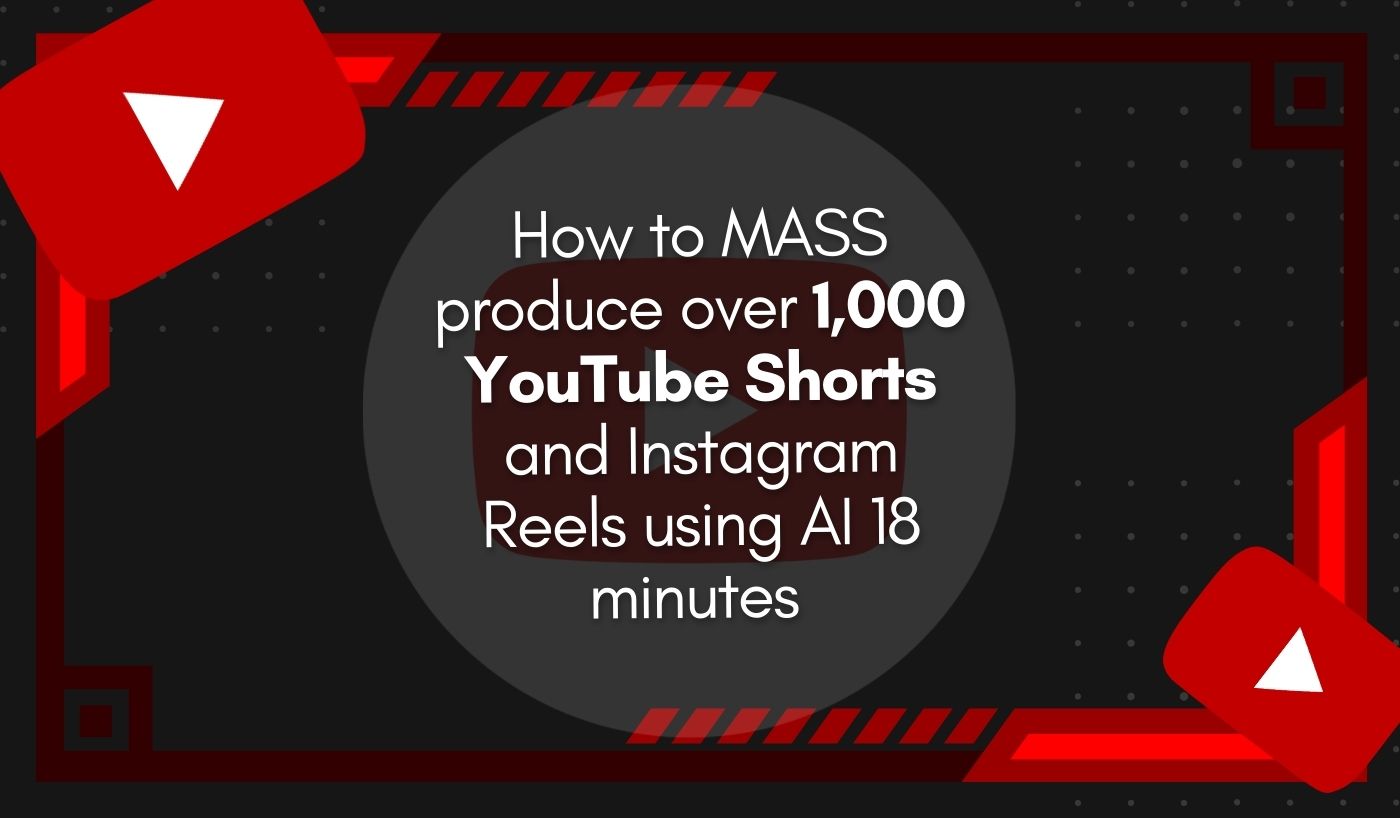Are you confused by the ports on your current computer, or trying to figure out what the ports on your next laptop can do? In this blog post, I will discuss whether USB and HDMI are identical.
USB is widely used for computer connections, and HDMI is popular among high-definition device buyers. The functions and uses of these collections do not interfere, but when combined, they can be used for a variety of purposes. So let’s take a closer look!
What is the purpose of a USB?
The USB (Universal Serial Bus) interface is a standard interface for connecting devices to computers. USB cables can carry both data and power. These ports are exceedingly versatile; the letter “U” in USB stands for “universal.”
Moreover, USB cables are less expensive than other types of cables.
What is the purpose of an HDMI?
HDMI (High-Definition Multimedia Interface) is a digital interface that connects high-definition devices. HDMI cables can transmit both audio and video signals. One of the benefits of HDMI is that it can carry HD signals, resulting in higher picture quality.
After USB, HDMI is the second most common connection type on a laptop.

What differentiates them?
HDMI and USB cables differ in several important ways. HDMI cables are intended to transport audio and video signals, whereas USB cables are designed to transport data and power.
All of your equipment must currently be connected using various wires. Most likely, USB-A ports are where your external drives, keyboard, and mouse connect. Through USB-B connections, you can connect your printer and scanner. Usually, USB small or micro cables are used to connect your phones, MP3 players, or tablets to other devices or to charge them. HDMI cables are used in your home theatre (or possibly still use RCA or component cables).
The USB-C standard is designed to support virtually all types of signals – data, audio, video, and power – all through the same ports on equipment and the same cables. So many people believe that USB-C will eventually replace the high-quality HDMI standards and connections that we have all finally accepted for our video and audio devices because of its promise. But is this even possible?
The USB and HDMI ports are now on the same device. They do not, however, act in the same way. A computer’s HDMI port is used to transmit both audio and video data.
The maximum current bandwidth of USB type C cables is 20 Gbps, which is sufficient for 4K high-definition signals. However, 8K video displays are on the way, which will necessitate the higher bandwidth capabilities of new HDMI 2.1 cables, which can handle 48 Gbps.
USB-C can support older versions of the HDCP copy protection standard but not the most recent HDCP 2.2 standard. At the moment, only HDMI is capable of doing so.
To support “legacy” devices that were not built with USB-C ports will take years to disappear from homes, and you’ll still need HDMI cables.
Many different electronic gadgets, including TVs, DVD players, computer video games, and others, use the standard HDMI cable. With HDMI cables, you get a picture that is crystal clear and detailed.
You may also get excellent sound from it for movies and music. It’s also advantageous to transfer digital music and video to several channels.
DSLR cameras are used for HDMI in order to play back high-quality audio and video on larger devices. Smaller devices like smartphones and tiny Android phones can also receive excellent quality using HDMI. With USB, none of them are possible here. Hence the bottom line is that USB Type-C will continue to gain popularity, but it is not yet ready to replace HDMI.
What is a USB Hub?
USB hubs have gained popularity, particularly among laptops and other computers, because they allow a single USB port to be expanded to provide more connectivity, even connecting to standards other than USB.
Are USB Hubs really worth it?
This electronic device has multiple USB connection inputs to increase the number of ports available on your laptop. Various peripherals can thus be connected at the same time. These USB hubs typically include both USB 2.0 and 3.0 ports, but they can also include HDMI, USB-C, and micro SD card slots.
Due to the type of power supply it uses, a USB hub is either active or passive. Passive models only serve as a physical connection link and do not allow for data traffic management. They use no energy. Active USB hubs, in contrast, require power to amplify the signal that passes through them or other devices connected to the various ports.
Also, if you want to improve your gaming, you must have a USB hub. No gamer should be without a USB hub, regardless of whether their PC is short on USB ports or they need to connect many devices.
However, you might very well believe that the more ports your USB hub has, the better because you will be able to connect more devices simultaneously. So, keep in mind that power is shared among the various connections. This means your device will use more energy and thus cost you more money over time.
Hence, it is recommended to purchase a USB hub that is customized to your specific requirements.
Wrapping it up!
USB hubs are becoming more popular as laptops, and other mobile computing devices require increased connectivity while reducing the number of connectors on the devices to keep them slim and clean. The capabilities of these hubs are expanding, allowing them to interface to various standards in addition to USB, transforming them into small add-on computing devices. Some even turn into small docking stations. The adoption of USB C and USB 3 or USB 4 has enabled modern computing to achieve the data speeds required.




